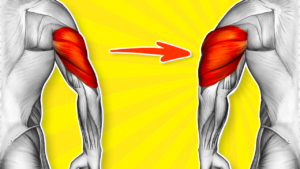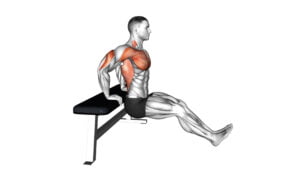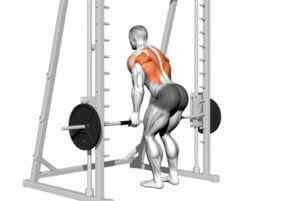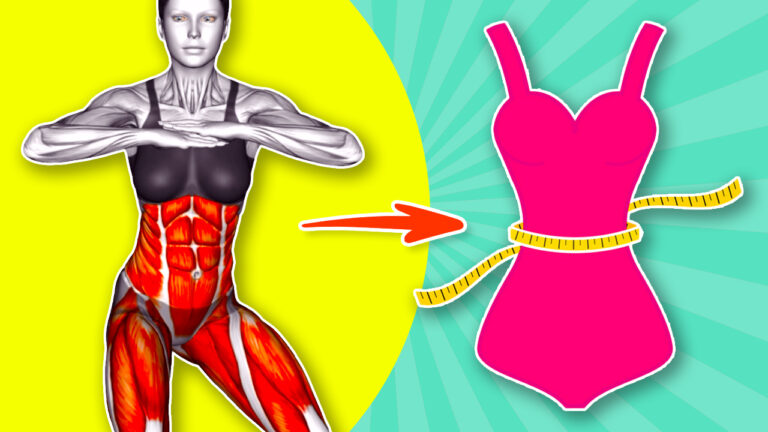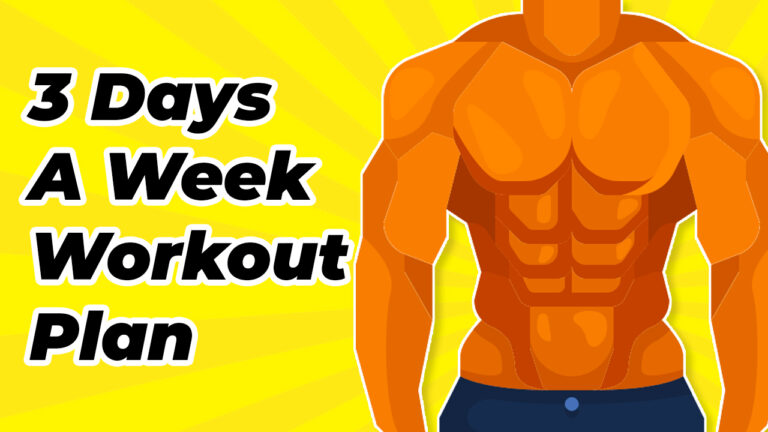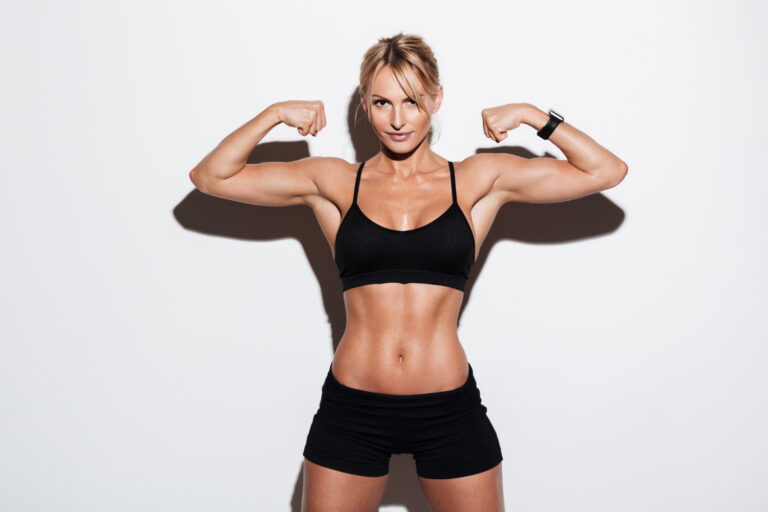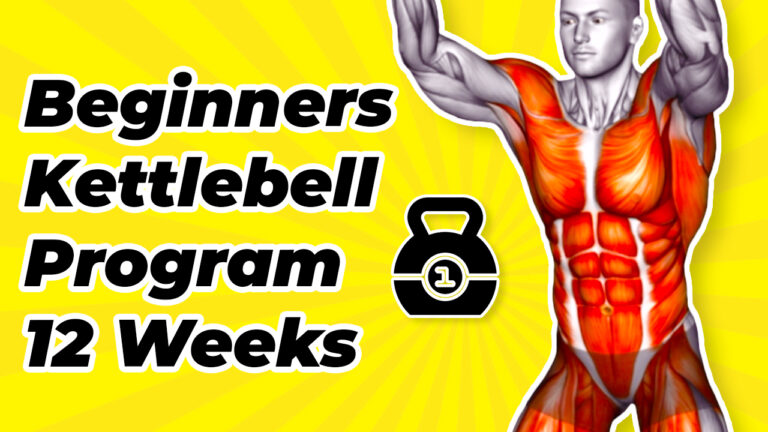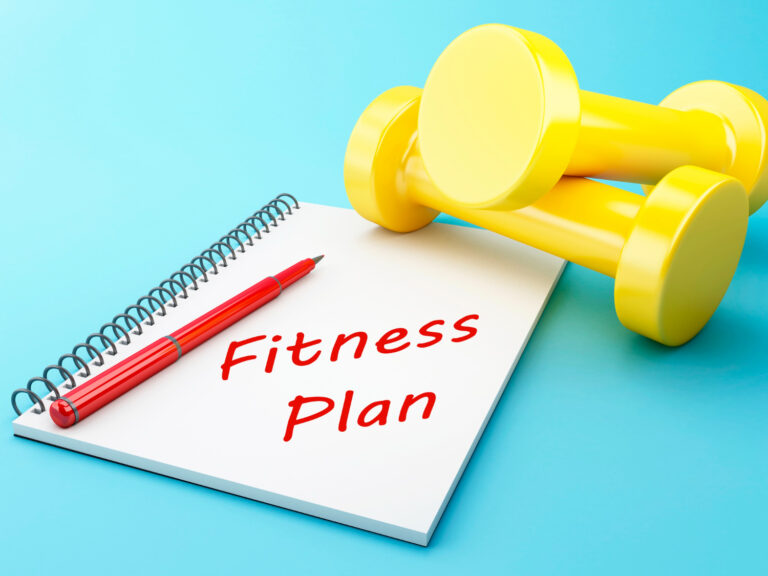Effective 3-Day Compound Workout Routine (For Maximum Results)
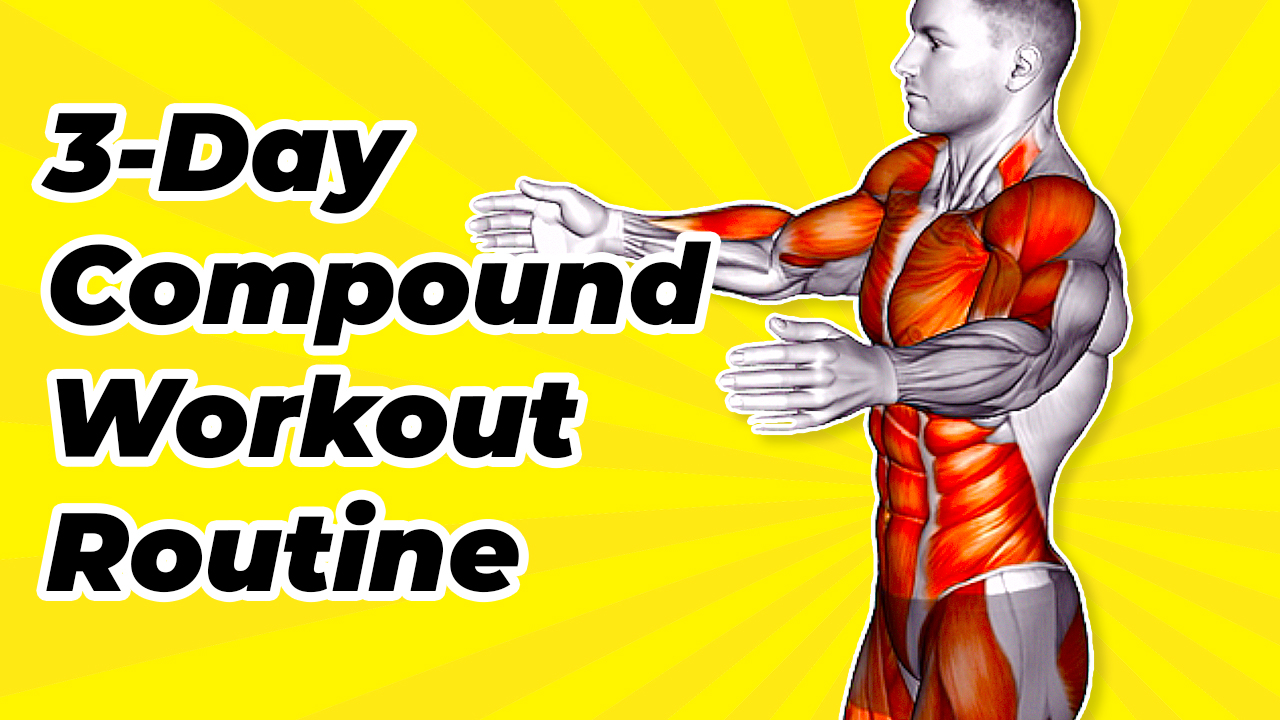
Are you tired of hitting the gym day in and out without seeing the results you crave? The secret might just lie in a well-structured 3-day compound workout routine. With the right plan, your journey towards building muscle, gaining strength, and shredding fat can take a turn for the better.
This article packs a punch by offering step-by-step guidance on crafting an effective workout strategy that maximizes your gym time.
I’m Serg Bayracny, with a background rooted deeply in physical education and over ten years of experience coaching others to reach their fitness peaks. My approach melds solid science with practical workouts, ensuring you get both wisdom and action steps to transform your physique.
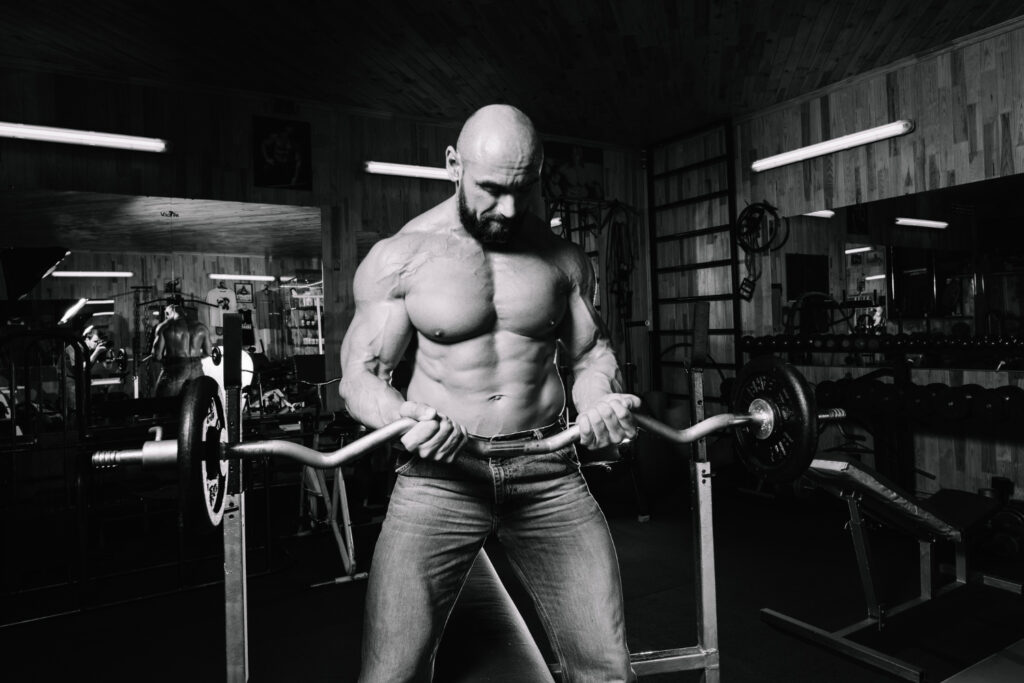
Ready to revolutionize your training regime? Let’s get started on this path together.
Key Takeaways
- Compound exercises work many muscles at once, making your gym time more efficient.
- A 3-day workout split targets different body parts each day for balanced muscle growth and strength gains.
- Proper form and gradually increasing the challenge are key to getting stronger without injury.
- Rest days are important for muscle recovery and growth after workouts.
- Eating right and staying hydrated support muscle repair and overall fitness progress.
The Essentials of Compound Exercises

Compound exercises work more than one muscle group at a time. They are great for building strength and saving time in the gym.
What Are Compound Exercises?
Compound exercises are moves that get many muscle groups and joints to work together. Think of squats, deadlifts, and bench presses. These exercises make your workout do more for you.
They help build strength and muscle across your body by asking a lot from big muscle areas all at once.
Compound movements are the backbone of any effective full-body workout plan.
These exercises fit perfectly into a 3-day split. This setup lets you target different parts of the body—upper, lower, and full-body—across three workouts each week. By doing this, each major muscle zone gets worked out hard but also gets time to recover before the next round.
It’s a smart way to train for those wanting real gains in muscle size and overall power without spending every day in the gym.
Advantages of Compound Exercises
After learning what compound exercises are, let’s talk about why they’re so good for you. These workouts hit multiple muscle groups at the same time. This means you can build muscle and strength across your whole body with just a few moves.
Picture doing a squat; it doesn’t just work your legs, but also your back and abs to keep you stable.
The beauty of these powerful moves is their efficiency in gym time and results. Whether you aim for stronger arms or toning your lower body, compound exercises cover both goals plus more in every workout 3 times a week.
They play a key role in more muscle mass, better balance, and increased lifting power—essential for daily tasks like carrying groceries or moving furniture. Plus, focusing on bigger movements can lead to a defined chest and glutes that stand out.
Here Is A 3-Day Compound Workout Routine Plan
Creating a 3-day compound workout plan lets you hit all major muscle groups with intensity and focus. This approach boosts strength gains and muscle growth without spending every day in the gym.
| Day | Workout Type | Exercises | Sets | Reps |
|---|---|---|---|---|
| 1 | Push | Barbell Bench Press | 4 | 6-8 |
| Overhead Press | 4 | 8-10 | ||
| Incline Dumbbell Press | 3 | 8-10 | ||
| Dips | 3 | 8-12 | ||
| Tricep Pushdowns | 3 | 10-12 | ||
| 2 | Pull | Deadlifts | 4 | 5-6 |
| Barbell Pendlay Rows | 4 | 6-8 | ||
| Pull-Ups | 3 | 8-10 | ||
| Single-Arm Dumbbell Rows | 3 | 8-10 | ||
| Barbell Curls | 3 | 10-12 | ||
| 3 | Legs | Squats | 4 | 6-8 |
| Romanian Deadlifts | 4 | 8-10 | ||
| Leg Press | 3 | 8-10 | ||
| Walking Lunges | 3 | 10-12 | ||
| Calf Raises | 4 | 12-15 |
Notes:
- Warm-Up: Begin each session with a 5-10 minute warm-up (e.g., dynamic stretches, light cardio).
- Cool Down: Finish each session with a 5-10 minute cool down (e.g., stretching, foam rolling).
- Rest Between Sets: Rest for 90-120 seconds between sets for the first compound exercise, and 60-90 seconds for the others.
- Weight Selection: Use a weight that is challenging yet allows you to complete the reps with proper form.
- Progression: Aim to progressively increase the weight each week to continue building strength.
- Hydration and Nutrition: Ensure adequate hydration and maintain a balanced diet to support muscle growth and recovery.
Enhancing Your Compound Workout

To make your compound workouts better, focus on doing the moves right and keep challenging yourself. Rest well to let your muscles grow and get ready for more.
Ensure Correct Technique and Form
Doing exercises the right way is key. This means your body must be in the correct shape from start to finish. It stops injuries and makes sure you get the best out of your workout.
For big compound movements like squats and deadlifts, form matters a lot. These moves work many muscles at once. So, you need to do them just right to avoid getting hurt and to hit each muscle group well.
To make sure you’re doing it correctly, look at videos or ask a trainer for help. Starting with lighter weights helps too. You can focus on how you move without worrying about the weight.
As you get better, slowly increase the weight for more challenge but keep checking your form. This approach fits perfectly into any 3-day split compound workout, ensuring safety and progress in every session.
Implement Progressive Overload
To get the best results from your 3-day workout split, adding more challenge to your exercises over time is key. This concept, called progressive overload, helps you build muscle and gain strength.
You can do this by lifting heavier weights, increasing how many times you lift them (repetitions), or doing more sets of each exercise. The idea is simple but powerful: push your body to do a bit more than it’s used to, safely and gradually.
In my years as a fitness coach, I’ve seen firsthand how progressive overload turns good workouts into great ones. It’s like telling your body, “Hey, let’s go a step further,” with every workout session.
By teaching at seminars and writing articles on sports nutrition and workout strategies, I always emphasize starting slow. Then increase little by in small amounts—maybe add five pounds to your lifts or one extra rep per set every week or two.
This approach ties perfectly with compound exercises in a 3-day full-body routine because they work for multiple muscle groups at once. More weight or reps mean all these muscles work harder together—not just one body part per workout—leading to balanced growth and strength across your whole body.
Schedule Time for Rest and Recovery
Rest and recovery days are key for muscle growth after a 3-day full body workout. Your body needs time to repair itself. After working out, muscles need rest to get stronger. This is why you must plan days of rest between your gym days.
Think of it as part of your workout program. Without enough rest, you might get hurt or stop making progress.
Balance intense workouts with adequate downtime for long-term success.
Including rest in your 3 days a week at the gym helps prevent injury too. It’s not just about building muscle but also taking care of your whole body. Make sure you sleep enough and take it easy on off-days to let your body fully recover.
Nutritional Support for Muscle Development
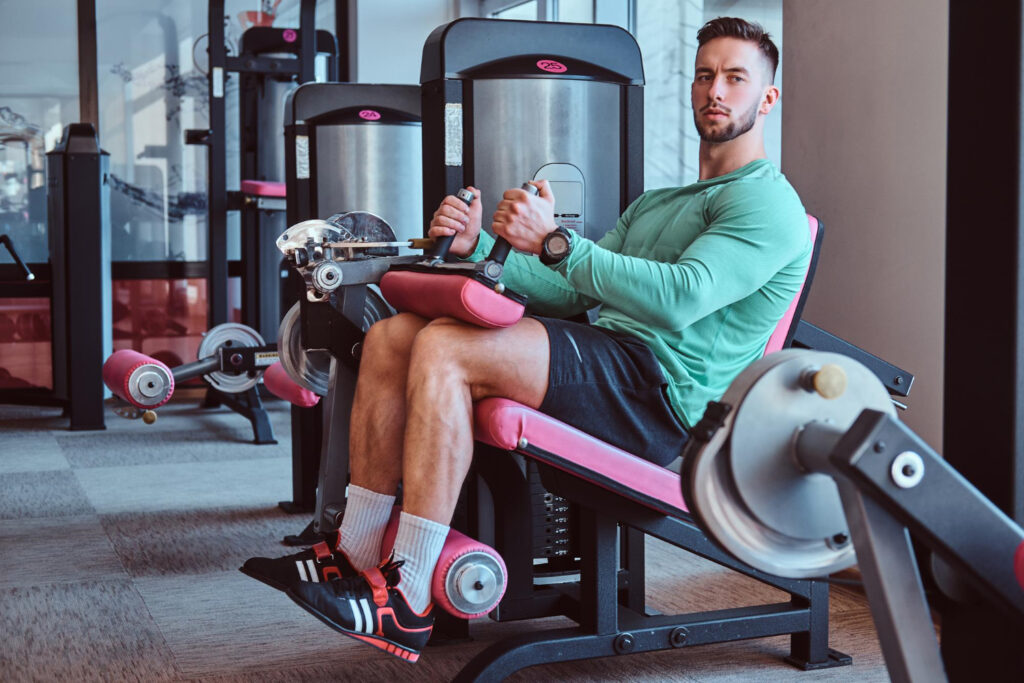
To grow muscles, eating right matters just as much as lifting weights. Dig into this to learn more!
Balance Your Macronutrients
Eating right is key for muscle building and fat loss. Your body needs a mix of protein, carbs, and fats. Think of it as your fuel for the 3-day workout split. Protein helps repair muscles after a full body routine.
Carbs give you energy to lift weights and complete each exercise with power. Fats are important too; they keep your hormones in check which helps in gaining muscle.
Use tools like calorie calculators from the website to find out how much food you need. These calculators look at your body weight and how active you are to suggest the best mix of nutrients.
Drink lots of water too, because staying hydrated supports every part of your fitness plan, from weight training to rest time between gym days.
Stay Hydrated
After balancing your macronutrients, the next step in supporting your muscle development is to make sure you drink enough water. Drinking plenty of fluids is key during a 3-day compound workout routine.
This habit keeps your muscles well-nourished and helps them grow after each workout day. It also speeds up recovery so you can hit the gym hard again.
Drink water to fuel your strength.
Water does more than just quench thirst. It plays a huge role in keeping every part of your body working right during workouts. Each time you lift weights or do squats, your muscles use up water.
If you don’t replace what they use, you might get tired fast or feel sore for longer. So, always keep a water bottle close by on leg day or any workout day to stay on top of your game.
Is Daily Compound Exercise Beneficial?
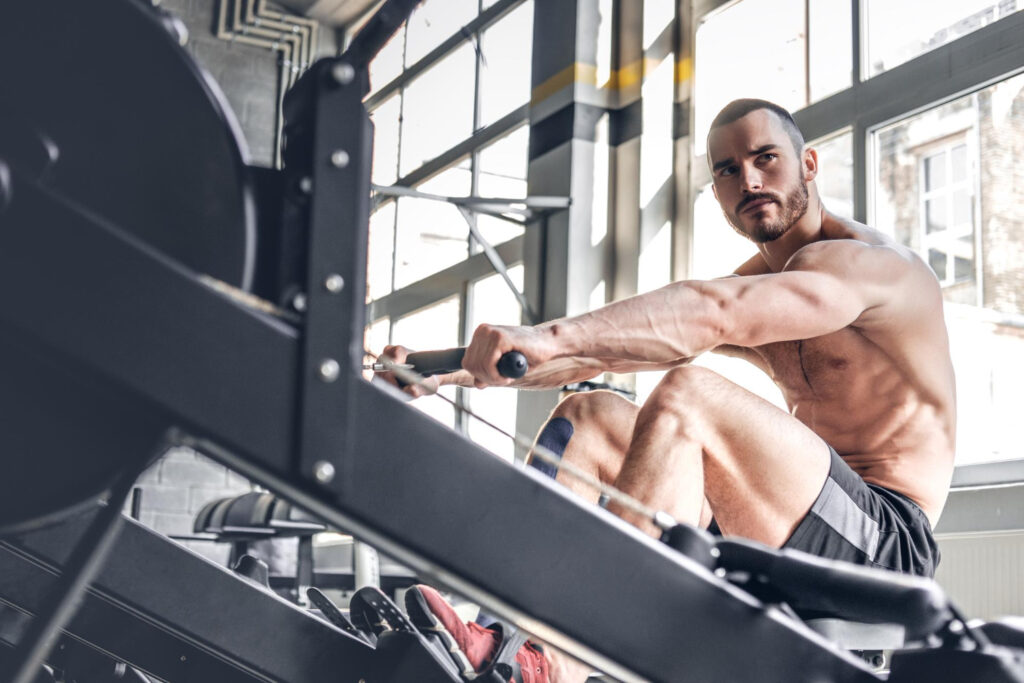
Doing compound exercises every day might sound like a solid workout plan to get stronger. Yet, your body needs time to rest between workouts. Hitting the gym 5 times a week with high-intensity interval training (HIIT) can lead to great results, but doing it daily may be too much for your muscles to handle.
Your body grows muscle and gets stronger not just during exercise, but while resting too.
For maximum gains in muscle and strength, mixing up your routine is key. Stick to a 3-day split that allows for at least one day of rest in between workout sessions. This approach helps prevent overworking your upper body muscles and keeps you on track toward reaching your fitness goals without burning out or getting hurt.
The balance ensures you gain muscle efficiently within the time frame that works best—three days per week of hard work followed by recovery lets you push harder when it counts.
Recommended Duration for Each Workout Session
For the best 3-day workout split, plan for each session to last between 45 to 60 minutes. This length helps you get the most from your exercises without overdoing it. It’s key in a full body workout split.
Within this time, mix in high-intensity interval training (HIIT) for extra punch. HIIT makes sure you push your body but not too much.
Keep each gym visit short and sweet. Too long, and your body gets too tired. Too quick, and you might not work hard enough. The perfect workout finds a middle ground – enough to challenge you but still lets your muscles recover before the next session.
Stick with this plan, focusing on both compound moves and rest days for muscle growth and strength.
Conclusion
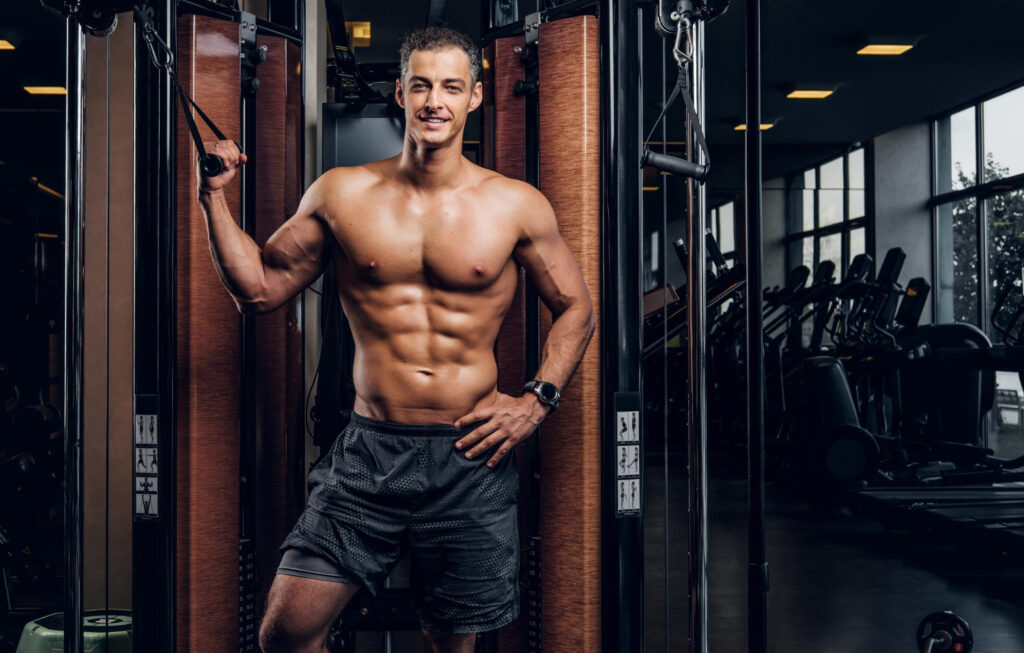
We talked about the power of 3-day compound workouts. These routines pack a punch for body strength, using movements that hit many muscles at once. We showed how to create a plan that works all parts of your body over three days.
Making sure you do these exercises right and adding weight or reps gradually will make you stronger over time. Resting well and eating right are just as crucial.
Doing exercises the right way keeps you safe and makes your workouts better. Adding more challenge as you get stronger stops your muscles from getting too used to the same routine.
Taking breaks helps your body heal and grow stronger.
Eating foods with the right nutrients gives your muscles what they need to build up after working out. Drinking plenty of water is key too.
If you’re wondering about doing compound exercises every day or how long each session should be, our FAQ section has answers.
So, get started with this simple yet effective workout plan today! Your future self will thank you for taking this step to a fitter, healthier life.
FAQs
1. What’s a 3-day compound workout routine?
A 3-day compound workout is a plan where you go to the gym three times a week. You do exercises that work many parts of your body at once. It’s great for building strength all over.
2. Can beginners try this 3-day split?
Yes, beginners can start with this type of workout! It splits the week into three days of exercise, making it easier to manage and not too hard on your body.
3. How does the 3-day full-body workout differ from working out more days?
With a 3-day full-body split, you give your whole body a good workout in just three days… This means more rest days compared to those who hit the gym five or six times a week!
4. Is there an ideal number of repetitions for each exercise?
Sure thing – but it varies by person and goal… Generally, doing enough reps until you feel like you’ve really pushed yourself – but can still keep good form – is key.
5. Why choose a compound exercise routine over isolation exercises?
Compound routines are super because they let you work out multiple muscle groups at once… So instead of just focusing on one small part, your entire body gets stronger together!
6. Will I see results with only working out 3 days per week?
Absolutely! If you’re committed and follow through with your workouts each week, even just three days can make a big difference… It’s all about how much effort you put in.

Author
Years ago, the spark of my life’s passion ignited in my mind the moment I stepped into the local gym for the first time. The inaugural bead of perspiration, the initial endeavor, the very first surge of endorphins, and a sense of pride that washed over me post-workout marked the beginning of my deep-seated interest in strength sports, fitness, and sports nutrition. This very curiosity blossomed rapidly into a profound fascination, propelling me to earn a Master’s degree in Physical Education from the Academy of Physical Education in Krakow, followed by a Sports Manager diploma from the Jagiellonian University. My journey of growth led me to gain more specialized qualifications, such as being a certified personal trainer with a focus on sports dietetics, a lifeguard, and an instructor for wellness and corrective gymnastics. Theoretical knowledge paired seamlessly with practical experience, reinforcing my belief that the transformation of individuals under my guidance was also a reflection of my personal growth. This belief holds true even today. Each day, I strive to push the boundaries and explore new realms. These realms gently elevate me to greater heights. The unique combination of passion for my field and the continuous quest for growth fuels my drive to break new ground.





